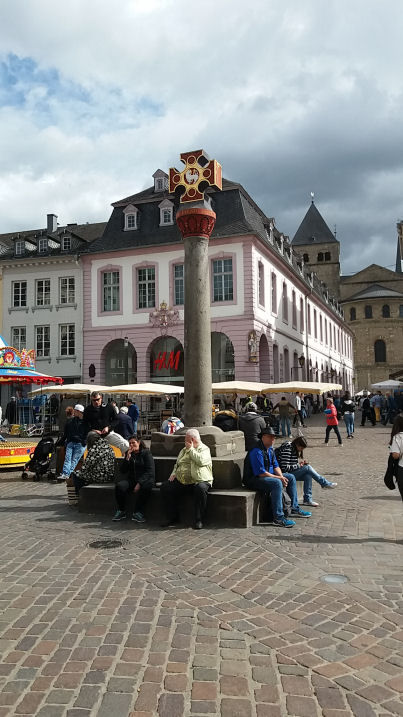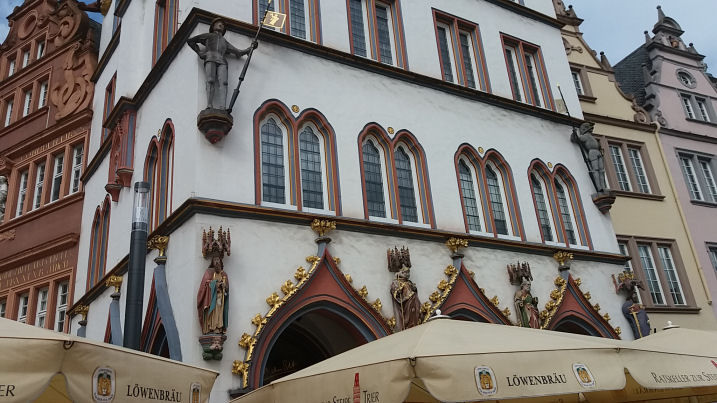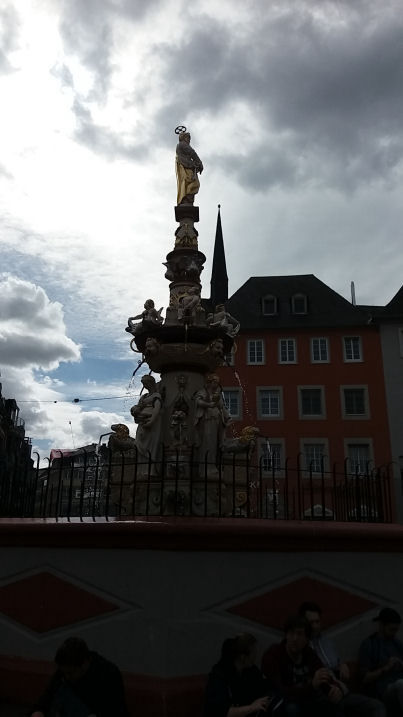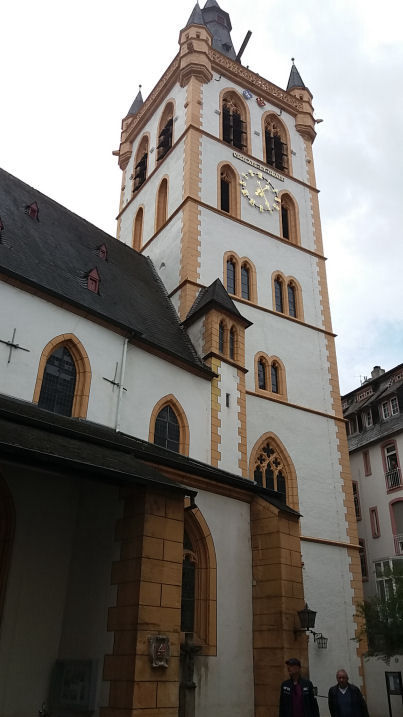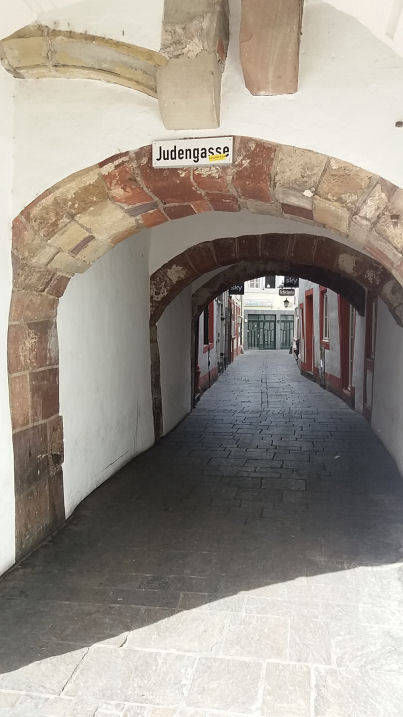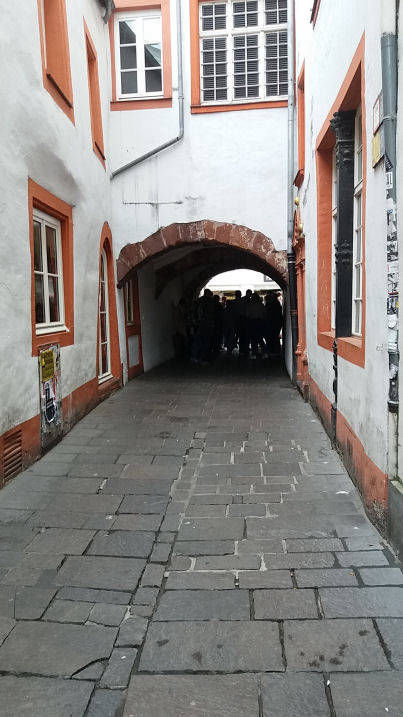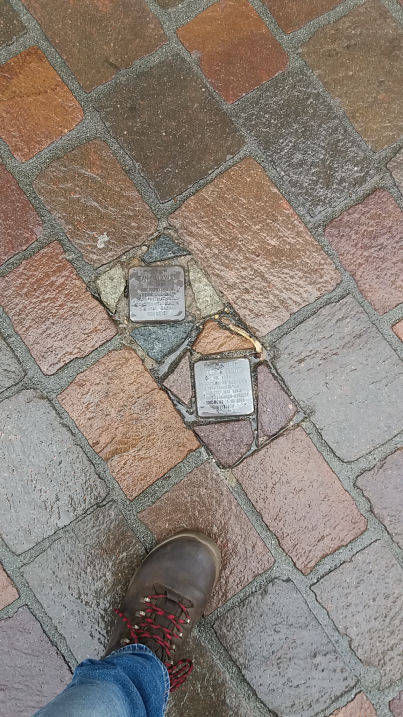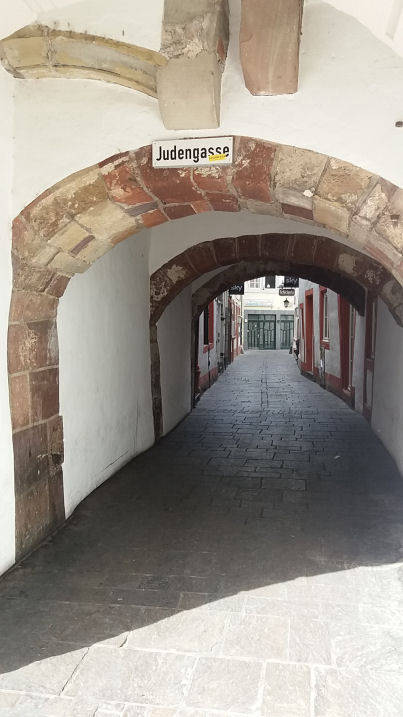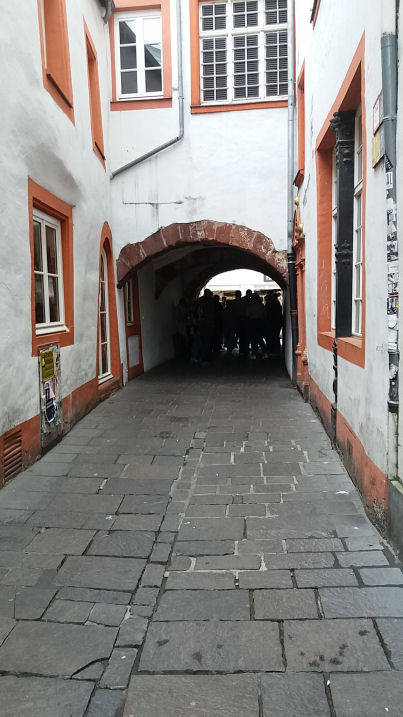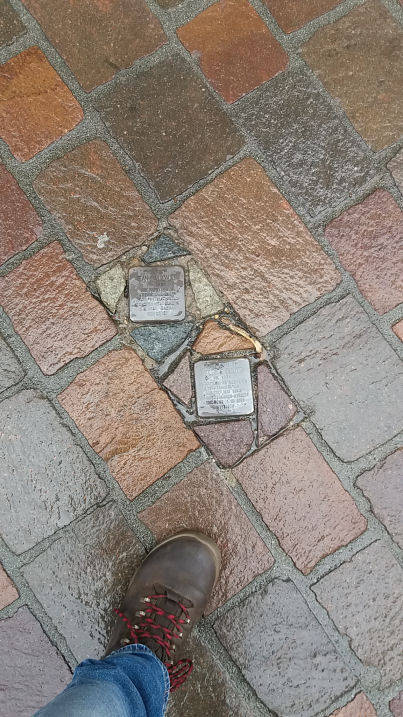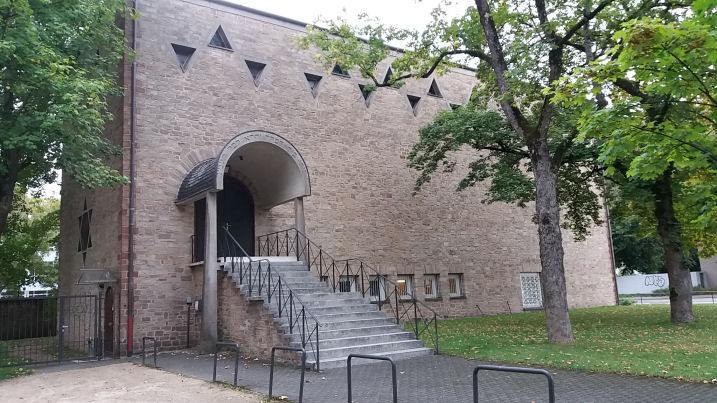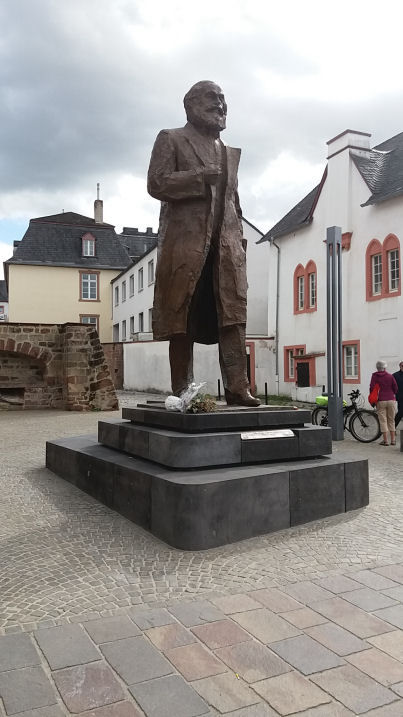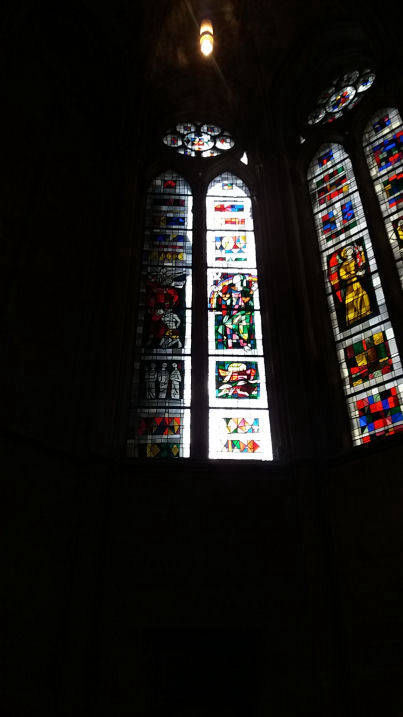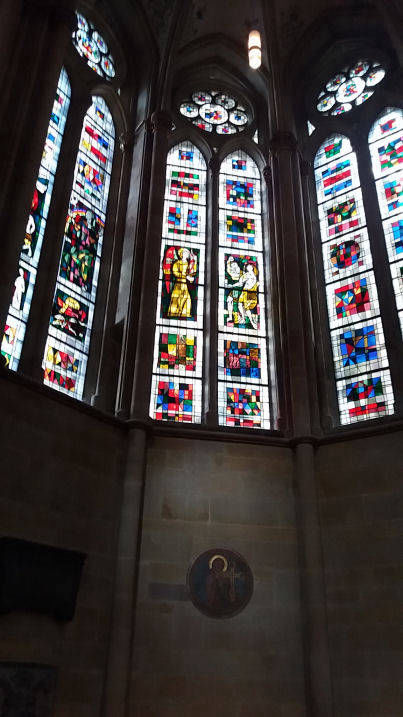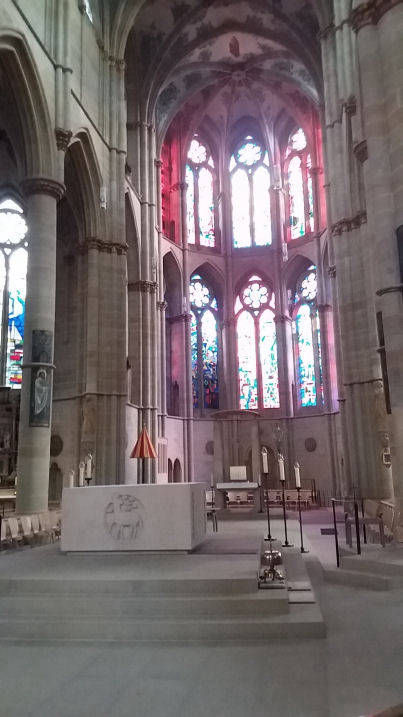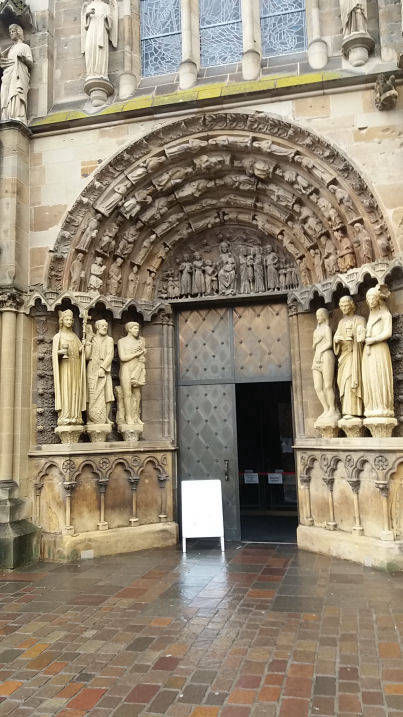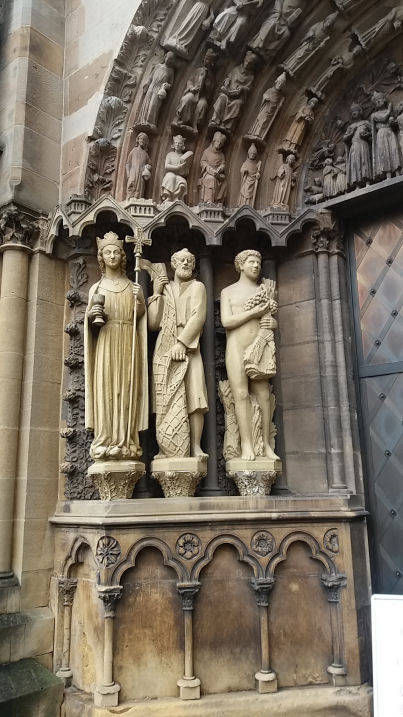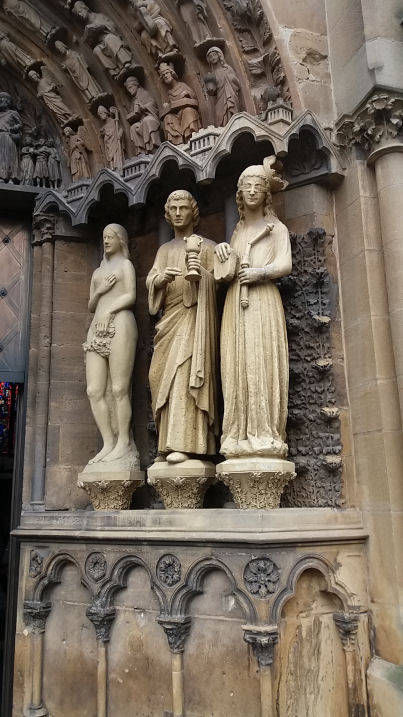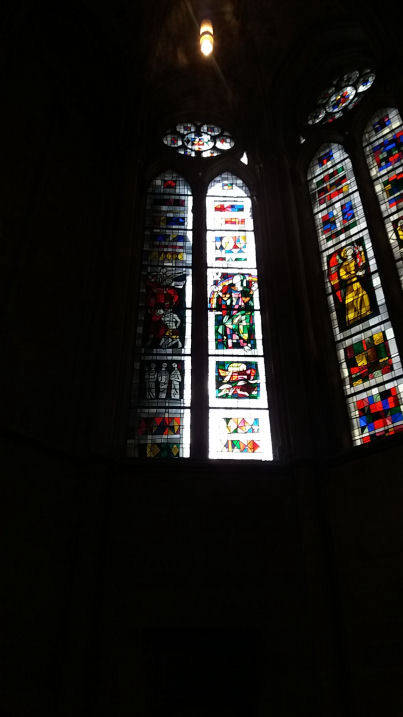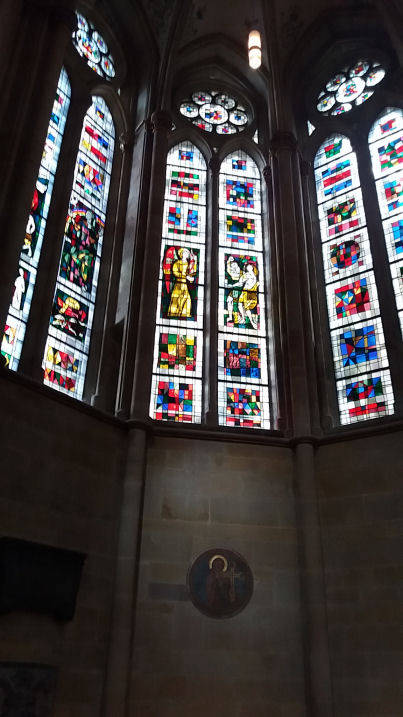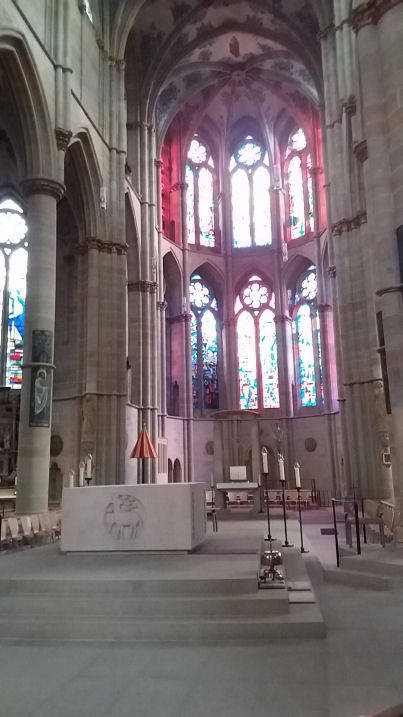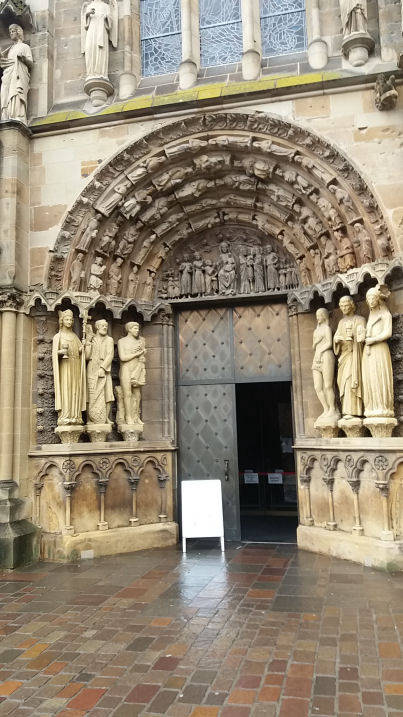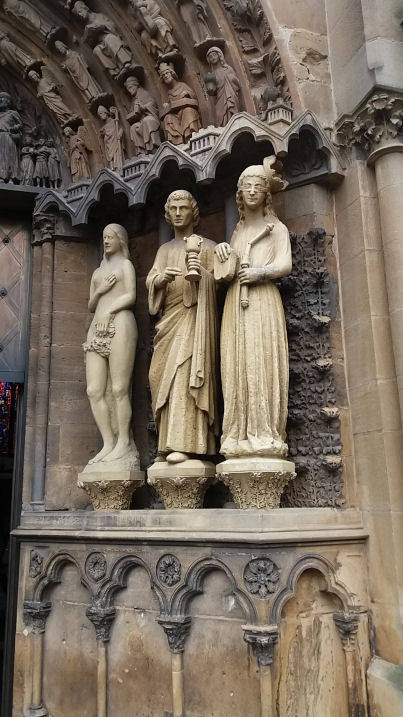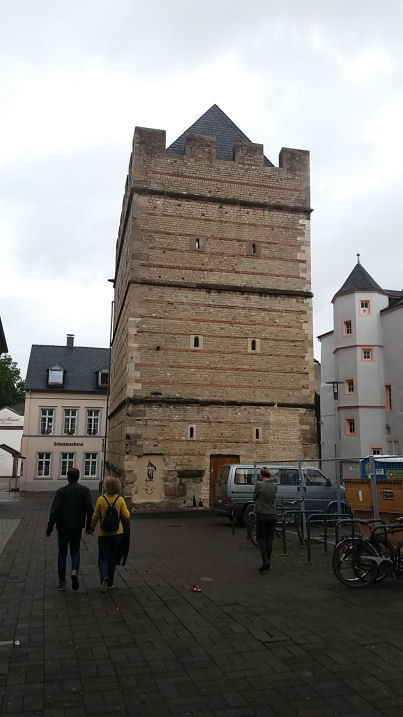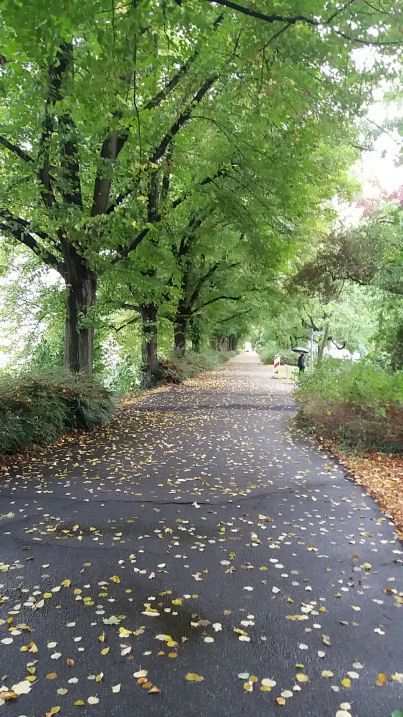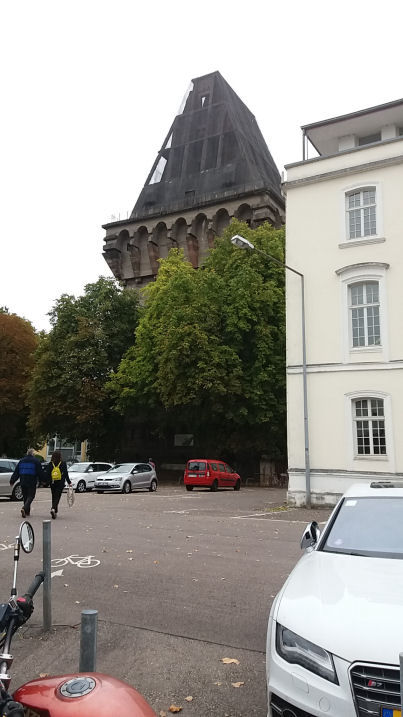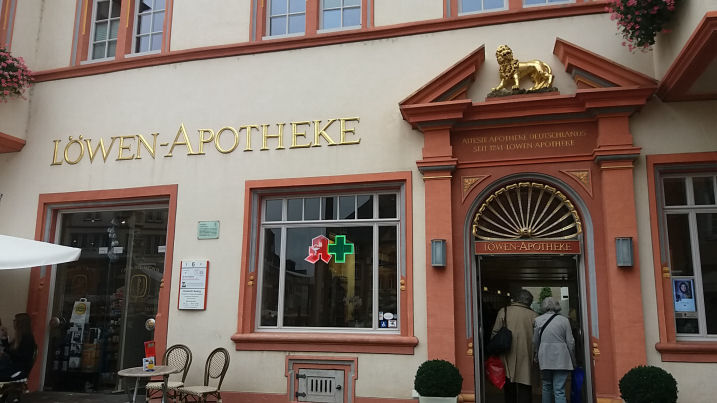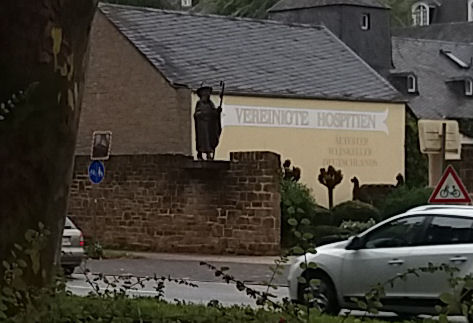Marx
Karl Marx is Trier's best known son. Just round the corner from the Porta Nigra is his statue, looking for all the world like Doctor Zaius from Planet of the Apes. Maybe the biggest symbol of Roman power in the city, Marx is set with his back to great city gate, striding away. Maybe he is symbolically walking into the future, maybe he is supposed to be shunning colonial power. I don't know. I like to think that the symbolism is that Marx is shoved down a dead end street where he belongs.
There has not been one single country where Marx's ideas have succeeded without the imposition of extreme state violence. The great icon of freedom from oppression has inspired more actual oppression than any other man in history except for maybe Hitler. People leave flowers on this statue like he is a saint and I'll bet cash money these are dopey middle-class Guardian reader types done well off capitalism and raging property prices who like to bitch about the demons of the system that made them affluent.
His heart was in the right place. The Industrial Revolution really fucked up society and the conditions were horrendous. The city museum has a big exhibit on the genesis of his ideas and they are very seductive. But they don't work. In two hundred years they have never worked. Not once. Instead, they have led the nations that tried them to blast themselves into the fucking Stone Age. Of course, his defenders will argue but that wasn't real Marxism. Sure, two centuries worth of trying and no-one did real Marxism?
Nobody ever put a statue up to anyone that said general affluence and prosperity brings people out of poverty better than anything else yet invented. Instead, idiots are queuing to pay money to see his birthplace.
